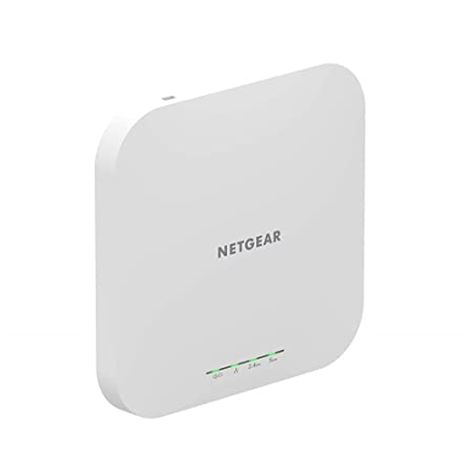Access Point: An access point (AP) is a device that allows wireless devices, such as laptops, smartphones, and tablets, to connect to a wired network. Access points are used to extend the coverage of a wireless network, and they provide a centralized connection point for multiple wireless devices to connect to a wired network Access points are typically connected to a router, which provides the connection to the internet. When a wireless device connects to an access point, it is able to access the internet and other network resources, such as printers, files, and other computers, through the wired network.

There are several types of access points, including:
1. Standalone access points: These are independent access points that are not connected to a router. They are used to extend the coverage of a wireless network in a single location, such as a home or small office.
2. Integrated access points: These are access points that are integrated into a router or other network device. They are used to provide wireless access in a single location, and are often used in homes and small offices.
3. Enterprise access points: These are access points designed for use in large organizations, such as corporations and universities. They typically provide advanced features, such as the ability to manage multiple access points and support for multiple wireless networks. Access points play a critical role in providing wireless connectivity to devices and enabling communication between those devices and the network. They are an important component of modern networks, and continue to evolve and improve to meet the changing needs of users.
In addition to providing access to the network, access points also provide security features, such as encryption, to protect the wireless network from unauthorized access. By using access points, organizations and individuals can provide wireless access to their networks while maintaining the security and integrity of the network.
No comments:
Post a Comment